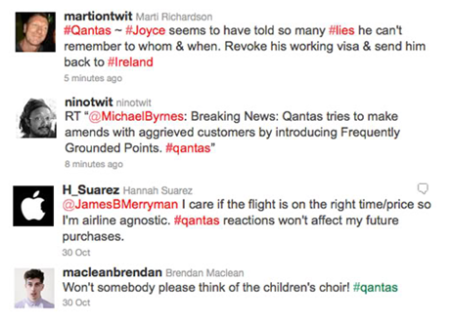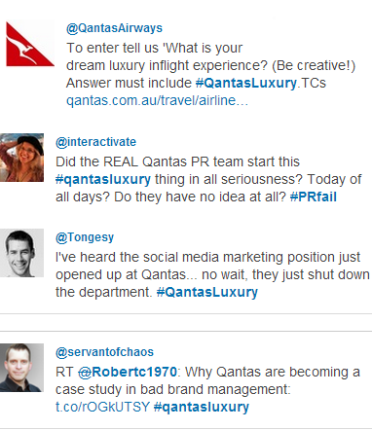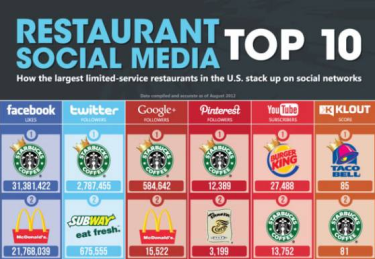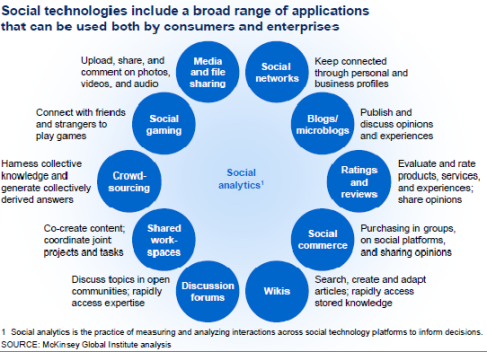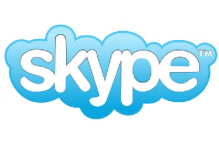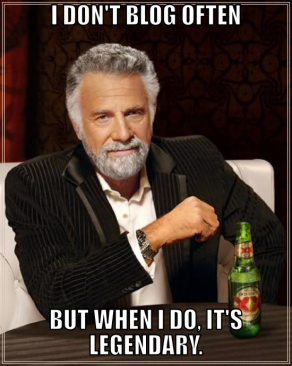Welcome readers, to that joyous time of semester, the last blog post of the unit! This post will examine Return on Investment (ROI) of Social Technology Implementations. I thought this would be an awesome opportunity to talk about one of the recent marketing endeavours by PepsiCo. Pepsi introduced in 1893, a cola flavoured, carbonated drink manufactured by the company PepsiCo ranking as one of the world’s most popular beverages out on the market, alongside its fierce competitor Coca Cola.
Its time to “Shake things up a bit”
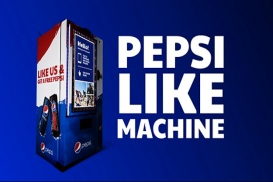 The years of attractive marketing girls standing at intersections, handing out freebies are now over, a new era has risen. The dawn of the “Pepsi Like Machine”, yes you read it, the name says it all. This campaign went viral in Belgium at a recent Beyonce concert (who is the ambassador of Pepsi, receiving a $50 million sponsorship) where fans were able to get a free can of Pepsi simply by liking the companies Facebook page. Crazy right? A Facebook like for a free can of Pepsi… who wouldn’t do such a deal. The Pepsi like machine does not accept cash, the way it works is, the user logs onto their Facebook account from their smartphone and likes the Pepsi Company page and through location services it detects the vending machine in vicinity and magic! – a free can of Pepsi! For customers who cannot access Facebook from their phones, a touch screen on the vending machine is provided to log in via Facebook and like the companies page. This is a new method of marketing by making social networking mandatory not optional in order for customers to receive tangible benefits.
The years of attractive marketing girls standing at intersections, handing out freebies are now over, a new era has risen. The dawn of the “Pepsi Like Machine”, yes you read it, the name says it all. This campaign went viral in Belgium at a recent Beyonce concert (who is the ambassador of Pepsi, receiving a $50 million sponsorship) where fans were able to get a free can of Pepsi simply by liking the companies Facebook page. Crazy right? A Facebook like for a free can of Pepsi… who wouldn’t do such a deal. The Pepsi like machine does not accept cash, the way it works is, the user logs onto their Facebook account from their smartphone and likes the Pepsi Company page and through location services it detects the vending machine in vicinity and magic! – a free can of Pepsi! For customers who cannot access Facebook from their phones, a touch screen on the vending machine is provided to log in via Facebook and like the companies page. This is a new method of marketing by making social networking mandatory not optional in order for customers to receive tangible benefits.
The description for the video reads:
Pepsi wanted to create a new way of sampling. An easy way to engage with consumers and know who is liking and drinking our product at the same time. That’s why we created the Pepsi Like Machine. And guess what…people really liked it. First test was at the 2013 Beyonce concert in Antwerp.
The results!
Due to the nature of this social technology implementation, a ROI figure is unable to be determined as the campaign is yet to go global and metric figures are yet to be released. So what exactly do Pepsi get by giving out free cans of their product in exchange for a like on their Company page? The answer is truly genius – customer information! This is one incredible idea to gain information of a customer and get their email. Data is a critical component of a successful organization, with this campaign Pepsi can gather the information of their consumer base and make appropriate decisions on the data gathered.
” ..Thanks to this new way of sampling, we know exactly who liked, tried, and enjoyed an ice-cold Pepsi” (Narrator of the Pepsi Like Machine commercial)”.
“Now it is possible, with a Facebook like, in real time, to get a can of Pepsi. “It’s a new way of sampling which provides us with information, so we can immediately start communicating with our target audience.” (Jan Verlinden, Marketing Director of PepsiCo)
This marketing scheme further emphasises the idea that “social” is the currency for big brand companies like Pepsi and Coco Cola. With a recent increase in their Facebook activity, the company is now sitting over a total of 22 million likes, countless articles and tweetings about this marketing scheme. Who knows what Pepsi has in store for the future, once they release the “Pepsi Like Machine” globally, they will be able to further pinpoint their customer base, access their information, view their preferences and make appropriate decisions – a marketers dream.
This concludes my last blog post! Please tell me what you think, would you share your information by liking their Facebook page and receiving a can of Pepsi? Although no metric figures has been released to determine an appropriate ROI, the information gathered of their customer base in invaluable and release of future figures are soon to come!. This scheme will definitely reap in the return in the years to come. Thanks for reading and leave a comment!
Izaaz











